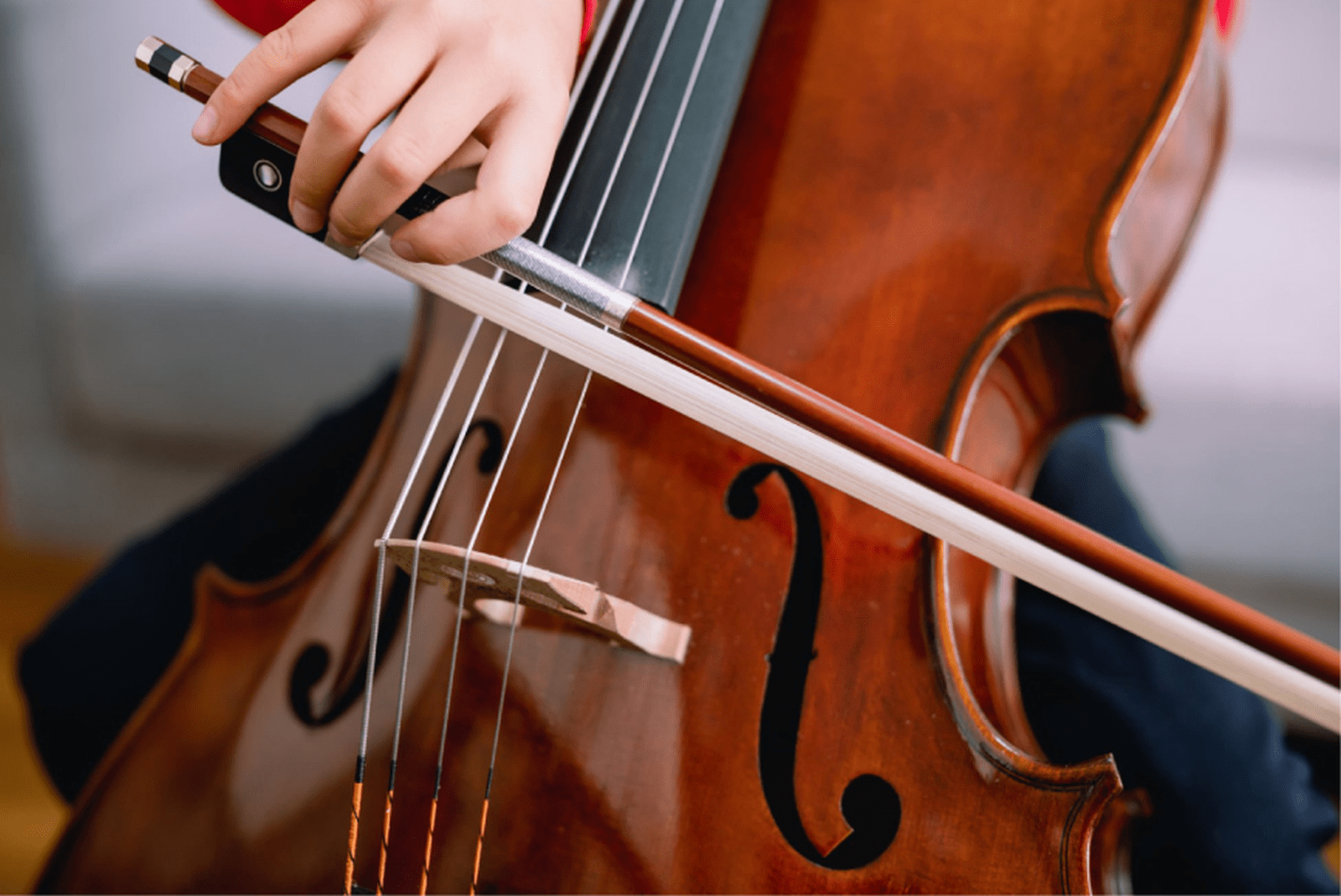The cello, known for its depth and expressiveness, continues to amaze and inspire contemporary art. In recent decades, this instrument has transcended traditional repertoire and found new places in various genres and directions. In this article, we will explore how the cello is evolving in contemporary art and what new directions it is exploring.
1. Experimental and Avant-Garde Music
Modern composers are actively using the cello to create innovative musical works:- New Playing Techniques: Contemporary composers apply unconventional playing techniques, such as tapping on the instrument’s body, using hard objects on the strings, or employing tremolo and harmonics. These methods create unique sound textures and effects.
- Improvisation: In avant-garde music, the cello is often used for improvisational performances, allowing musicians to explore their musical ideas and interact with other instruments and sounds in real time.
2. Integration with Electronic Music
In recent years, the cello has found its place in the world of electronic music:- Electronic Effects: The cello is used in conjunction with electronic effects and sound processing. This opens up new possibilities for creating textures and atmospheres in electronic and experimental music.
- Synthesizers and Software: Musicians often combine synthesizers and software with the cello to create unusual and modern musical works.
3. Interdisciplinary Projects
The cello is becoming an important part of interdisciplinary projects, blending music with other forms of art:- Dance and Theater: The cello is frequently used in dance and theater productions. Its deep and expressive sound helps create emotional atmospheres and enhance the artistic impact of performances and choreographic works.
- Video Art: In video art projects, the cello can be used to create soundtracks that interact with visual images, producing unique layered artistic expressions.
4. Cross-Cultural Projects
Contemporary cellists are actively exploring cross-cultural projects, mixing styles and traditions from different cultures:- World Music: The cello is used alongside instruments and styles from world music, such as Indian raga, African rhythms, or Latin American melodies. This creates new and unusual musical works that blend various cultural elements.
- Cross-Cultural Collaborations: Musicians often collaborate with artists from different cultures and genres, creating unique projects that expand the boundaries of traditional cello use.
5. Solo Projects and New Forms
The cello is also finding new expression in solo projects and modern forms:- Solo Performances: Contemporary cellists create solo works that explore new sound possibilities and techniques. These pieces often include elements of improvisation and experimental approaches.
- Multifunctional Works: New forms include the use of the cello in various musical and artistic contexts, such as film music, video games, or multimedia installations.





